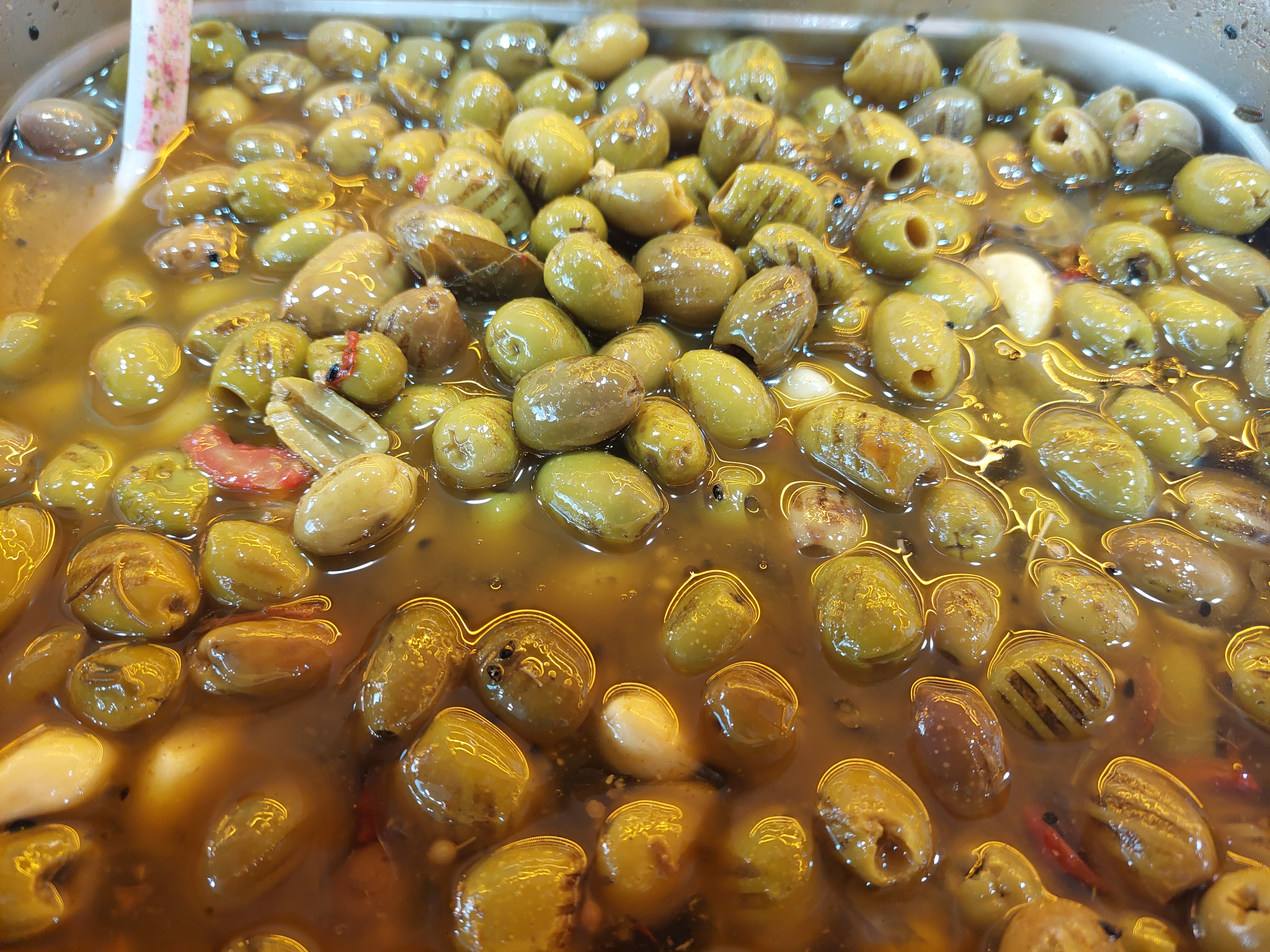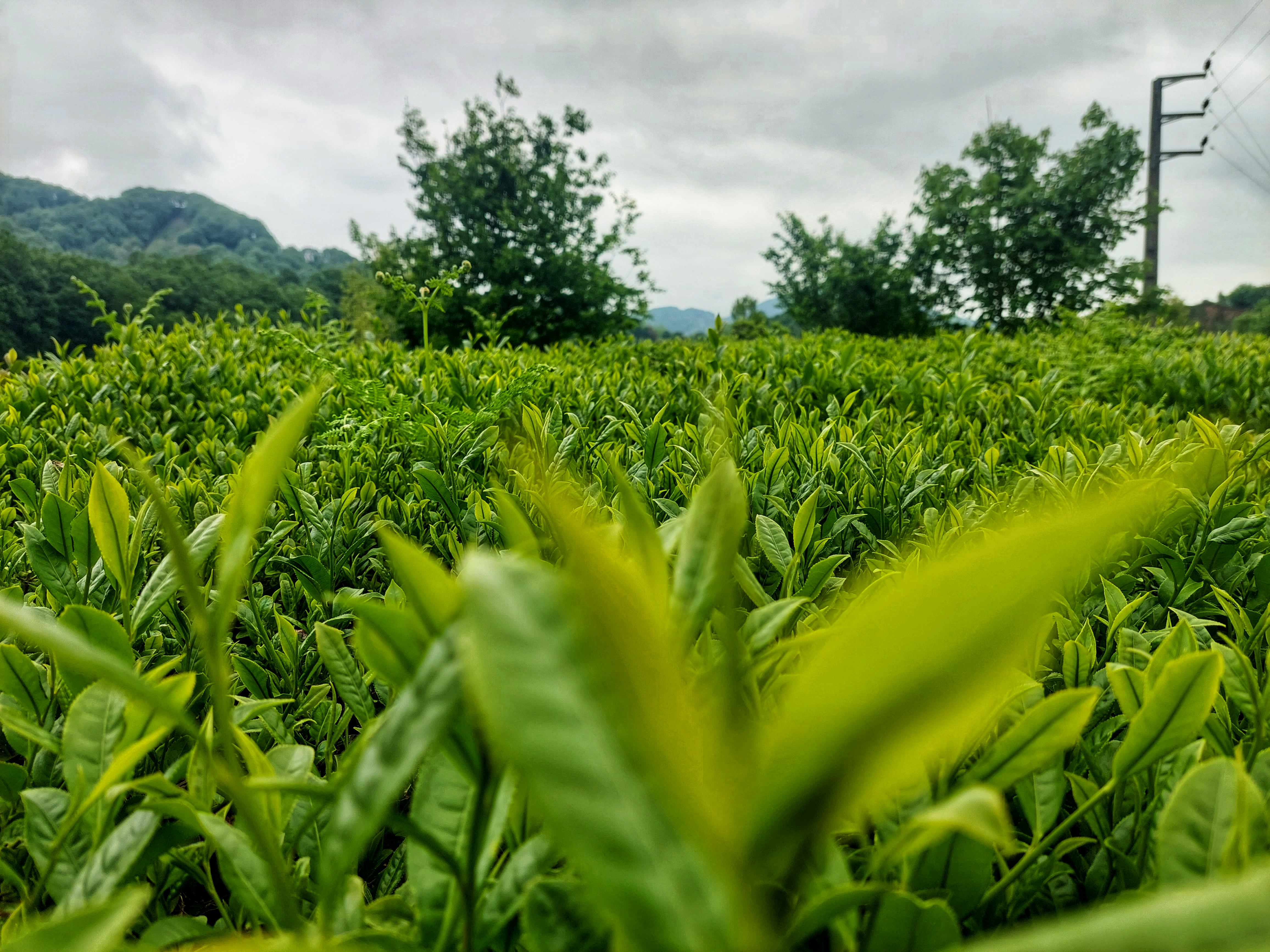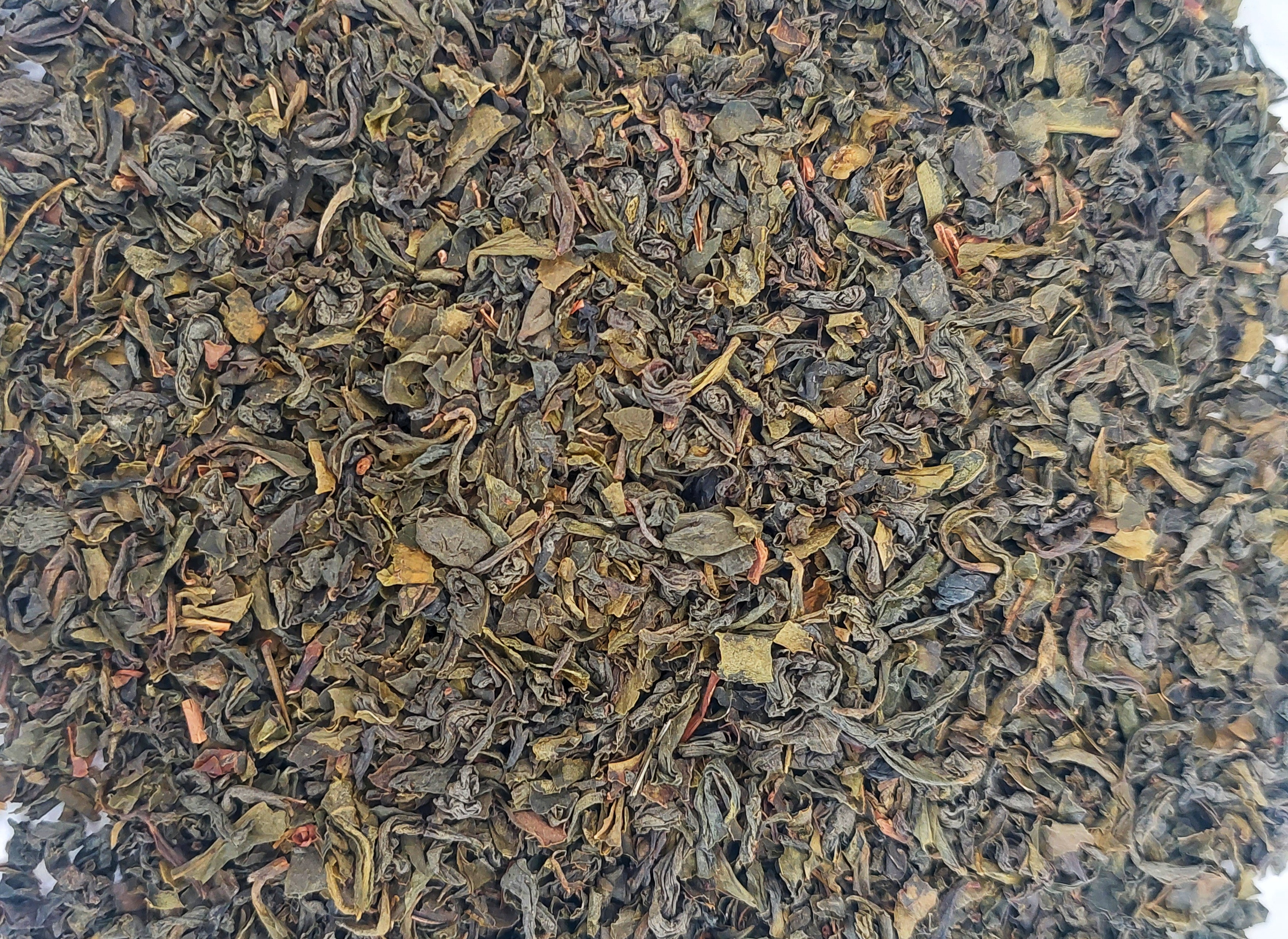Categories
The latest content
-

How Iranian Rice Cultivation and Harvesting Is Interwoven with Tradition and Culture in Gilan Province
..
-

Iranian Grilled Olives (Zeytoon Kababi): A Unique Culinary Treasure from Rudbar
..
-

: Wholesale Price and Market Trends of Iranian Tea in Germany (2025 Guide)
..
-

Exploring the Middle Eastern Market; Top Destinations for Iranian Olive and Olive Oil Exports in 2025
..

Tags
The Rising Popularity of Iranian Green Tea in the Middle East: Opportunities, Insights, and Market Potential

As global consumers become more health-conscious and gravitate towards natural, organic products, Iranian green tea is gaining significant momentum in international markets—particularly in the Middle East. Known for its rich aroma, natural processing methods, and traditional health benefits, Iranian green tea has carved out a niche of loyal consumers across the region.
Unlike many industrially produced teas, Iranian green tea is largely cultivated in the lush, rain-fed highlands of Gilan and Mazandaran provinces in northern Iran. The absence of chemical fertilizers and the artisanal methods of processing make Iranian green tea a favorite among those seeking a clean and traditional tea-drinking experience.
Key Importing Countries in the Middle East
1. Iraq: The Closest and Most Active Market
Iraq stands as one of the largest importers of Iranian green tea. With shared borders, cultural ties, and a similar taste profile, Iraqi consumers are already familiar with Iranian tea products. In many households and cafes across cities like Baghdad, Karbala, and Basra, Iranian green tea is a common fixture. It's often consumed for its digestive properties and as a lighter, soothing alternative to strong black teas.
2. United Arab Emirates (UAE): Gateway to the Gulf
The UAE not only imports Iranian green tea for domestic consumption but also acts as a key re-export hub to other GCC countries, including Saudi Arabia, Bahrain, and Kuwait. Dubai’s diverse population and its thriving retail sector make it a strategic location for reaching both local Arab consumers and expatriates from South Asia and Iran. High-end organic stores, ethnic supermarkets, and online platforms have increased their listings of Iranian green tea in recent years.
3. Qatar: A Growing Market for Premium Tea
Qatar’s tea culture has traditionally been centered around black tea and herbal infusions. However, there is a visible shift toward premium, organic, and health-oriented teas, especially among the younger generation and the expat community. Iranian green tea fits well into this emerging trend, and its entry into gourmet shops, health stores, and Persian restaurants in Doha highlights its growing acceptance.
4. Oman: Embracing Tradition and Wellness
Oman’s market is characterized by a deep appreciation for traditional and natural products. Omani consumers value Iranian green tea for both its taste and its health properties. It's often consumed after meals, during social gatherings, or as part of herbal remedies. The growing trend toward wellness and organic lifestyles presents a golden opportunity for Iranian green tea exporters to build strong relationships with Omani wholesalers and retailers.
5. Lebanon and Syria: Tea as Medicine and Culture
In Lebanon and Syria, tea consumption is deeply rooted in both daily life and traditional medicine. Green tea, in particular, is favored for its ability to support digestion, reduce inflammation, and promote relaxation. Iranian green tea’s natural composition and distinct flavor profile resonate well with these traditional values. The presence of Iranian products in herbal shops and organic markets is increasing, offering a strong foothold for future growth.
Why Iranian Green Tea Appeals to Middle Eastern Consumers
• Naturally Grown & Additive-Free: Many Middle Eastern consumers are wary of heavily processed food products. Iranian green tea is grown without synthetic chemicals and often processed through traditional methods that preserve its natural antioxidants.
• Cultural Affinity: Iranian tea culture shares many similarities with neighboring Middle Eastern countries. The ritual of brewing loose-leaf tea, enjoying it with dates or sweets, and serving it to guests makes Iranian green tea a familiar and welcomed product.
• Medicinal Value: Iranian green tea is rich in catechins, polyphenols, and L-theanine—compounds that support weight loss, heart health, and mental clarity. This aligns with the growing regional interest in herbal and functional beverages.
• Aesthetic and Taste Quality: Compared to some commercial green teas, Iranian green tea is appreciated for its smoother, less bitter taste. It also retains more of its natural leaf shape and color, which appeals to discerning tea drinkers.
Market Potential and Export Opportunities
The Middle East’s increasing demand for premium teas, especially those with health and cultural significance, places Iranian green tea in a unique position. Exporters who emphasize quality assurance, certifications (such as organic or fair trade), and effective packaging can tap into both niche health-conscious markets and large-scale retail opportunities.
Additionally, engaging in direct marketing, cultural branding, and educational campaigns about the benefits of Iranian green tea can help build brand loyalty and consumer trust in the region.
Conclusion
Iranian green tea is no longer just a local favorite—it is becoming a global ambassador of Persian heritage and wellness. For Middle Eastern importers, retailers, and consumers, it offers a unique combination of taste, tradition, and therapeutic value. As the appetite for authentic and clean products continues to grow, Iranian green tea is poised to become a staple in tea cups across the region.



